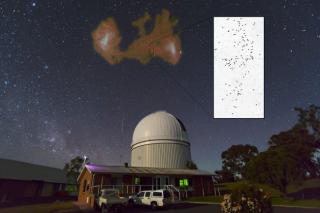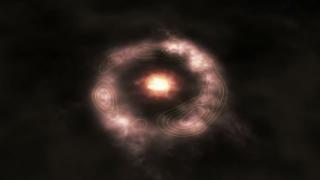
El Instituto de Astrofísica de Canarias (IAC) ha participado en varios talleres y charlas en centros educativos de las Islas a lo largo del mes de noviembre, así como en el debate sobre investigación científica en Canarias financiada con el Fondo Europeo de Desarrollo General (FEDER), celebrado con motivo de las Semanas de la Ciencia y la Innovación que desde hace trece años organiza la Consejería de Economía, Industria, Comercio y Conocimiento del Gobierno de Canarias a través de la Agencia Canaria de Investigación, Innovación y Sociedad de la Información.
Advertised on




